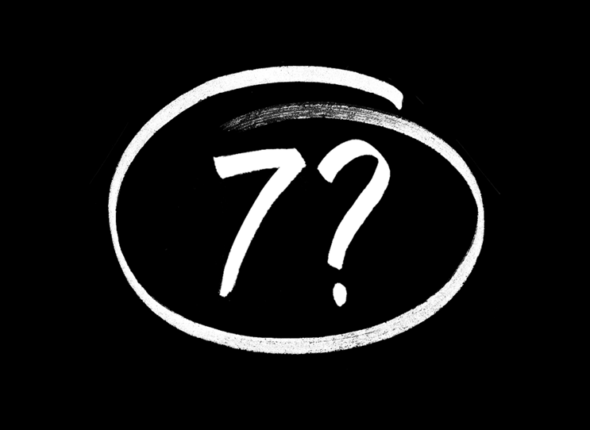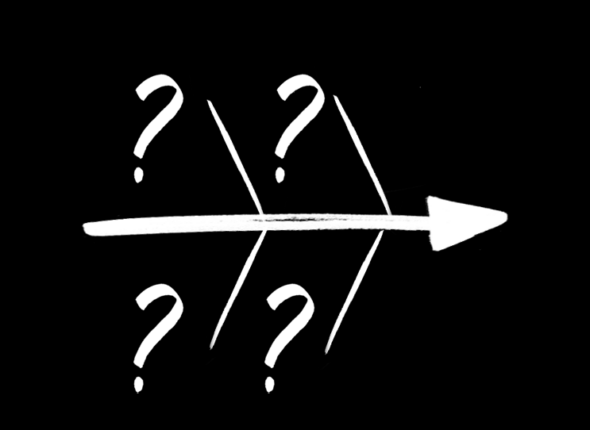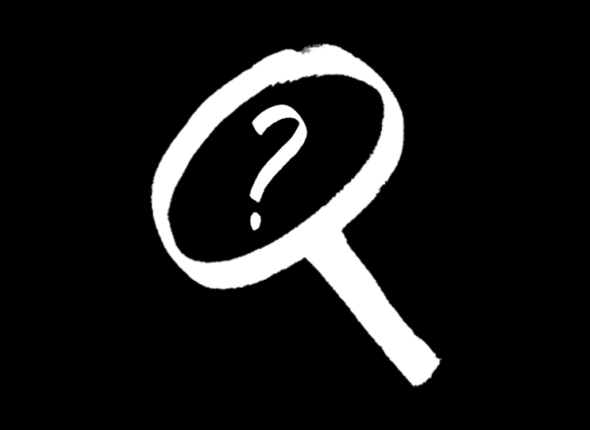-
-
-
-
-
User stories express individual needs. They are written in the first person and describe what users want to achieve through interaction with a specific product. They are a valuable tool for development teams because they provide a source of empathy, enabling them to better understand how the product fits into the everyday lives of end users.
User stories typically consist of three basic components:
- The subject of the activity.
- The activity they want to perform.
- The desired outcome or transformation.
For development and innovation teams, user stories represent a valuable source of empathy, allowing them to gain a deeper understanding of how the product integrates into the daily lives of end users. This makes it easier for them to focus on meeting user needs.
Correct
Incorrect
As a user of the online library, I want to be able to search for books so that I can find what I am looking for.
As a user of the online library, I want to search for books using various filters, such as title, author, and genre, so that I can quickly find exactly the books that match my interests and moods.
As a user of the mobile application, I want to receive notifications so that I am aware when something happen
As a user of the mobile application, I want to customise notifications so that I receive only the information that is relevant and interesting to me, and avoid wasting time browsing through everything.
As a customer of the e-shop, I want to see a list of products so that I can purchase something.
As a customer of the e-shop, I want access to an intuitive and visually appealing interface where I can easily find products by categories, prices, ratings, and availability, so that I can make informed purchasing decisions quickly and efficiently.
Implementation Steps of the Method
- Study the persona. To create meaningful stories that truly address the needs, goals, and frustrations of your users, you absolutely need a persona. If you haven't created one yet, don't skip the steps—create it. Ensure that the persona contains information you can realistically rely on.
- Focus on the goals and break them down into smaller parts. Identify specific problems or needs your persona has in achieving their goal. Make a list of what they might need or want to improve.
- Complete the template. The user story format is very simple:
As [who?], I want [what?], so that [why?].
- Review and revise. Take a break, or pause the story creation for a few hours to gain perspective. Then, return to the created stories and reassess them: Are they relevant? Are they feasible? Can the identified needs be translated into a functional feature?
Tips
When writing, keep in mind that a good story should be clear and actionable. Be careful not to fall into describing general wishes that do not imply any specific function.
Bad example: As a truck driver, I want to be informed about traffic conditions so that I can avoid delays in delivering goods.
Better example: As a truck driver, I want to have up-to-date information on current road traffic and traffic restrictions so that I can avoid traffic jams and deliver goods to their destination on time.
Possible uses
- Stakeholders will be able to understand the value and benefits of the feature in language that is clear to them.
- The development team will gain a very clear idea of what exactly needs to be developed and how it should function.
- Product managers will get an overview of features that they can discuss with the client.
- Users will receive functionality that reflects their real need.
You can download template here: USER STORIES
User stories express individual needs. They are written in the first person and describe what users want to achieve through interaction with a specific product. They are a valuable tool for development teams because they provide a source of empathy, enabling them to better understand how the product fits into the everyday lives of end users.
User stories typically consist of three basic components:
- The subject of the activity.
- The activity they want to perform.
- The desired outcome or transformation.
For development and innovation teams, user stories represent a valuable source of empathy, allowing them to gain a deeper understanding of how the product integrates into the daily lives of end users. This makes it easier for them to focus on meeting user needs.
| Correct | Incorrect |
| As a user of the online library, I want to be able to search for books so that I can find what I am looking for. | As a user of the online library, I want to search for books using various filters, such as title, author, and genre, so that I can quickly find exactly the books that match my interests and moods. |
| As a user of the mobile application, I want to receive notifications so that I am aware when something happen | As a user of the mobile application, I want to customise notifications so that I receive only the information that is relevant and interesting to me, and avoid wasting time browsing through everything. |
| As a customer of the e-shop, I want to see a list of products so that I can purchase something. | As a customer of the e-shop, I want access to an intuitive and visually appealing interface where I can easily find products by categories, prices, ratings, and availability, so that I can make informed purchasing decisions quickly and efficiently. |
Implementation Steps of the Method
- Study the persona. To create meaningful stories that truly address the needs, goals, and frustrations of your users, you absolutely need a persona. If you haven't created one yet, don't skip the steps—create it. Ensure that the persona contains information you can realistically rely on.
- Focus on the goals and break them down into smaller parts. Identify specific problems or needs your persona has in achieving their goal. Make a list of what they might need or want to improve.
- Complete the template. The user story format is very simple:
As [who?], I want [what?], so that [why?]. - Review and revise. Take a break, or pause the story creation for a few hours to gain perspective. Then, return to the created stories and reassess them: Are they relevant? Are they feasible? Can the identified needs be translated into a functional feature?
Tips
When writing, keep in mind that a good story should be clear and actionable. Be careful not to fall into describing general wishes that do not imply any specific function.
Bad example: As a truck driver, I want to be informed about traffic conditions so that I can avoid delays in delivering goods.
Better example: As a truck driver, I want to have up-to-date information on current road traffic and traffic restrictions so that I can avoid traffic jams and deliver goods to their destination on time.
Possible uses
- Stakeholders will be able to understand the value and benefits of the feature in language that is clear to them.
- The development team will gain a very clear idea of what exactly needs to be developed and how it should function.
- Product managers will get an overview of features that they can discuss with the client.
- Users will receive functionality that reflects their real need.
You can download template here: USER STORIES








